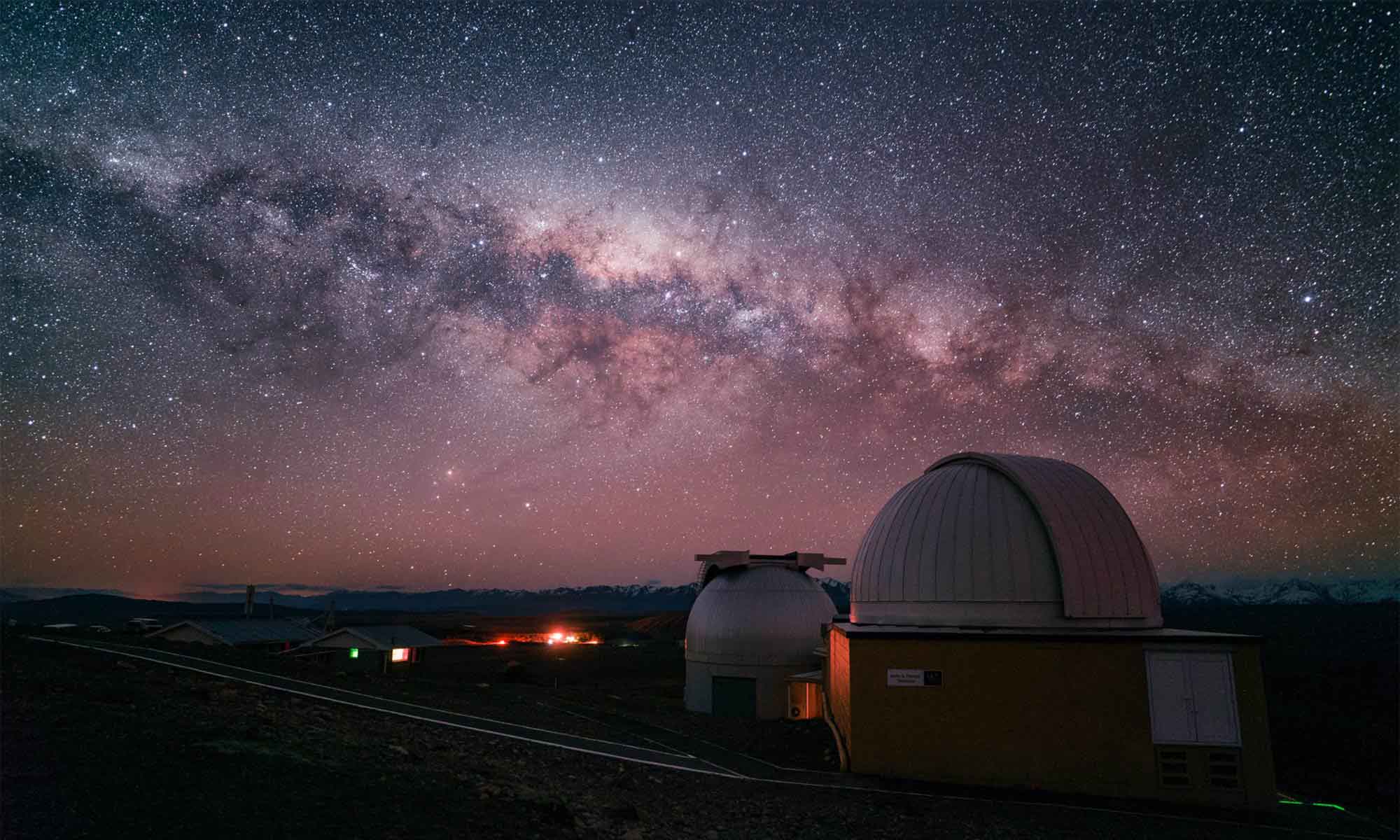Have another idea? Comment below to let us know what you want to see! Popular requests will be added to the poll.
This is your opportunity to help shape the future of Lonely Speck. We want Lonely Speck to continue to be one of the best resources for astrophotography techniques, equipment and inspiration.

First, Thank you for your site!. It’s terrific. Topics I’d like to see:
1. Solar eclipse photography in time to use for 2023 & 2024. Links to additional resources would be appreciated as well
2. Using a tracking mount for a DSLR or Mirorrless camera for lunar, solar and DSOs especially what kind of loads the trackers can can manage with longer lenses say 300mm-500mm with 2x extenders to get to 600mm – 1000mm which is a lot tougher than doing lunar/solar/astro photography with 100-200mm lenses
3. How to do stacking and when it is really needed.
Hello Ian from the east coast! Your content is superb!! If I had not stumbled onto your site in 2014 after getting my A7S I probably would not know about MW photography. At the time the Rokinon 14mm f/2.8 was a great choice (low cost/not cheap). Many lenses later, now it is 2018 a new camera A7M3?? And some new lenses like the Sigma 14mm f/1.8 AND others of course. Will you be doing anymore Sony reviews?
By the way I was out to Az and did some sunset and astro shots and saw many snakes (protected) at night!!! My hat is off to you for walking about in sneakers and shorts on your shoots, I wear my snake boots every night I am out wherever I may be and with bear spray (good for two legged ones also).
Hello again Ian!
May I instead suggest that the new Rokinon (Samyang) 14mm F2.4 which is a premium manual focus photo lens to maybe be tested for astrophotography in future?
I just found out that the Irix 15mm f/2.4 seems to have some problems that the company needs to resolve and that this lens seems to have quite strong vignetting almost 4 stops measured in the edges that is not so very promising for astrophotography and light gathering of the starry sky!
There seems to be new rather fast wide angle lenses on the horizon – for example the Laowa 12mm f/2.8 Zero-D and also the Laowa 15mm F2 FE Zero-D, from Venus Optics maybe a candidate for a future review?
But my hopes is in the new 14/2.4 from Samyang which is consisted of 18 glasses in 14 groups including four different special optics: two aspherical lenses, one hybrid aspherical lens, two extra-low dispersion lenses and one high refractive lens. This optimal performance creates impressive image quality from centre to corner of image.
Thank you again for sharing so many pieces of practical advice!
Wishing you success and many happy shootings!
Best regards,
Charl
Hello Ian from Sweden! First big THANK for this interesting and very helpful in order to grow in the skills and knowledge how to be more familiar with the astrophotography!
I don´t know if you at all are interested in making a gear review of the rather new lens made by the Switzerland-based company TH Swiss who recently has introduced the Irix 15mm F2.4 lens for DSLR cameras. It is a manual focus lens that features a ‘neutrino’ coating that helps keep ghosting, color aberration and flare under control. This Irix 15mm F2.4 is designed for full-frame cameras. It offers a minimum focusing distance of 28cm/11in, and the focus ring provides a ‘click’ tactile feedback when focused to infinity. The lens is composed of 15 elements in 11 groups, and three of the elements have a high refractive index (HRI) elements while another two feature extra-low dispersion (ED) glass. Also a pair of glass aspherical lenses ensure minimal distortions and aberrations while also improving image edge brightness and overall image quality, the TH Swiss company informs! [for Canon EF, Nikon F and Pentax K mount] Also this lens has very interesting details when handled in night time when it is dark: the new special features such as focus lock, infinity click and hyperfocal scale set a new level of manual lens functionality. Focus lock enables to lock the focus ring at any time ensuring the chosen settings. Hyperfocal distance scale gives information about the accessible range for depth of field for a given aperture simply and intuitively. When the focusing ring is set in the “infinity” position, there is a noticeable “click” (infinity click), making it easier to find the value without looking.
So maybe in the future this lens could also be a good astrophotography performer in order to capture the magnificent beauty of the Lacta via; the Milky Way!
Warm thank to you who works so diligently and with great skills with this productive and really wonderful site for everyone,
who has a passion for astrophotography!
Wishing you all the very Best and much success also in the future!
Best regards,
Charl
I wonder have you ever tried panorama stitching and stacking photos at the same time? Is it possible? It would be nice option for who doesn’t own wide lens
(I read many of your writings if you mention it somewhere sorry about that..)